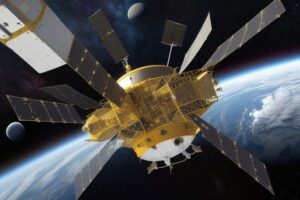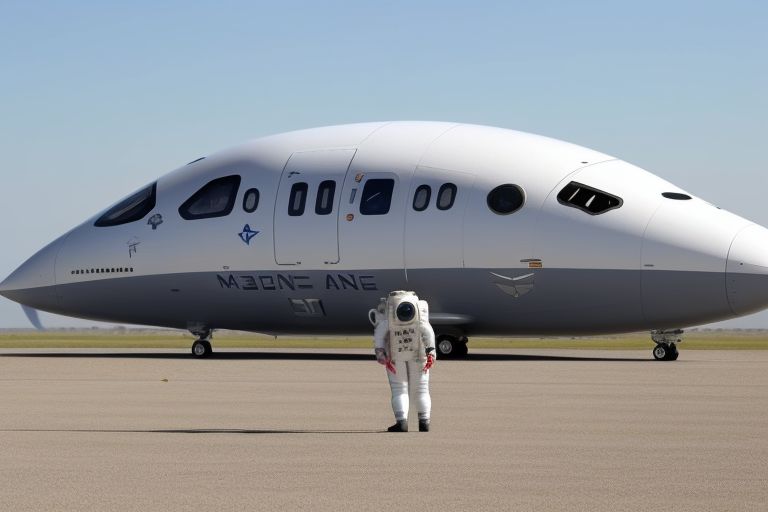In a historic development for aerospace and tourism, commercial flights to the moon are no longer just a dream but a thrilling reality. This monumental achievement marks a new era in space travel, making lunar exploration accessible to private individuals beyond the cadre of professional astronauts. Spearheaded by pioneering space companies, these lunar voyages promise to redefine our relationship with space and expand the boundaries of human experience.
The Dawn of Lunar Tourism
The inception of commercial moon flights has been propelled by significant advancements in rocket technology and space travel economics. Leading aerospace firms have developed spacecraft capable of carrying passengers to the moon, offering a safe, albeit luxurious, space travel experience. These missions are designed not just for transportation but as once-in-a-lifetime adventures, providing unparalleled views of Earth and the lunar surface.
How It Works
Commercial moon flights operate using spacecraft equipped with advanced life support systems and safety features to accommodate the rigors of space travel. Passengers undergo a series of health checks and training sessions to prepare for the journey, which includes understanding the spacecraft’s operations and coping with the effects of microgravity.
The journey to the moon typically involves a multi-day voyage aboard a spacecraft that orbits the Earth before propelling towards the moon. Upon reaching lunar orbit, passengers can witness the stark beauty of the lunar landscape and the vastness of space, a sight reserved until now for a select group of astronauts.
Key Players in the Industry
Several aerospace companies have entered the space tourism market, with names like SpaceX, Blue Origin, and others leading the charge. These companies have invested heavily in the development of reusable rocket technologies, which have significantly reduced the cost of space travel and made these lunar trips feasible.
Challenges and Opportunities
The path to establishing regular commercial flights to the moon has not been without challenges. Technical, logistical, and regulatory hurdles have all had to be addressed, including ensuring passenger safety, perfecting reliable spacecraft recovery systems, and navigating complex international space treaties.
However, the opportunities presented by lunar tourism are vast. Economically, it opens a new frontier for the travel industry and has the potential to spur numerous ancillary industries related to space travel, including specialized equipment manufacturing, training programs, and even lunar habitat development.
Environmental and Ethical Considerations
As lunar tourism takes off, so do concerns about the environmental and ethical implications of frequent space travel. Critics argue that the impact on Earth’s atmosphere and the lunar environment must be carefully managed. In response, space tourism companies are exploring more sustainable rocket fuels and technologies to minimize the ecological footprint of space travel.
The Future of Space Tourism
Looking forward, the moon might just be the beginning. With Mars and beyond in sight, the future of space tourism could include longer, even more, daring voyages. As technology advances and costs decrease, the dream of widespread space travel could become a reality for more people, further democratizing access to the cosmos.
Conclusion
The commencement of commercial flights to the moon symbolizes a remarkable leap forward in human space exploration. This new chapter not only opens up incredible opportunities for adventure and discovery but also poses significant questions about our responsibility and stewardship in space. As we stand on the precipice of this new frontier, the promise of lunar tourism invites us to imagine a future limited only by the bounds of our aspirations and ingenuity.




















+ There are no comments
Add yours